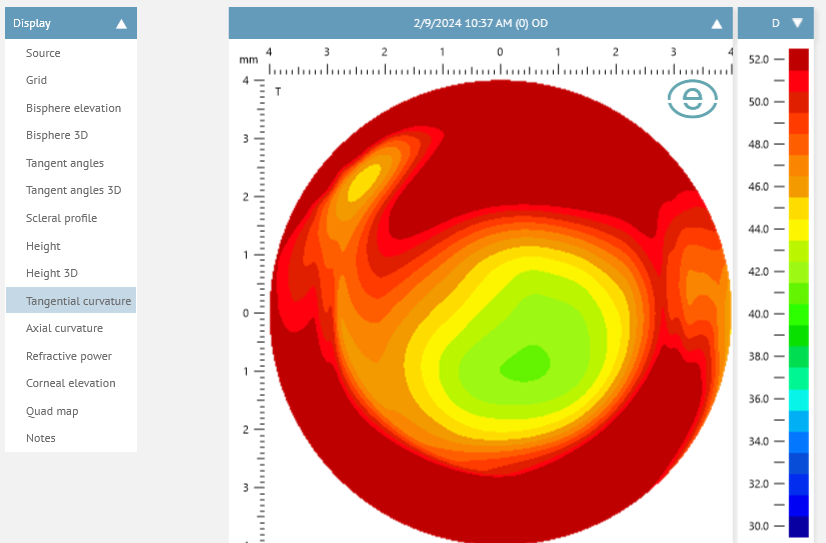Myopia Management Therapy


Myopia Management Therapy
At San Diego Vision Care Optometry, we offer personalized myopia management plans tailored to each patient’s unique needs. With a commitment to excellence and a focus on cutting-edge techniques, we empower our patients to maintain clear vision and preserve eye health for the long term. Experience the difference with San Diego Vision Care Optometry, where myopia management meets exceptional care.
Dr. Bruce Nguyen, OD, is at the forefront of myopia management, leveraging Orthokeratology (OrthoK) and state-of-the-art technology to redefine eye care. His pioneering approach integrates OrthoK lenses with other treatments methods such as specialized dailies contact lenses and specialized eye drops, maximizing effectiveness in correcting myopia and slowing its progression. Dr. Nguyen’s commitment to innovation extends to his practice, where he embraces cutting-edge diagnostic tools and treatment modalities to optimize patient outcomes. Through education and advocacy, he shares his expertise to raise awareness about proactive myopia management. Dr. Nguyen’s dedication to advancing vision health exemplifies leadership in the field, offering hope and solutions to patients seeking long-term vision preservation.
Frequently Asked Questions About Myopia

If you or your child wear glasses and your prescriptions keep getting worse and worse year over year, click on the button now to request an appointment with us so we can slow down the progression together.








Major Insurance Providers Accepted
Below is a short list of just some of the plans we accept. Please contact our office if you do not see your insurance provider listed on our site.

"I really appreciated that he did not try to up sell me, the overall level of professionalism and the fact that he actually seemed genuinely concerned with my eye care."

"I've been to several ophthalmology places before, but I can honestly say this is the best one with the best service I've encountered."

"I was referred here by a good friend and I'm so happy I went!"

"I'm new to San Diego and I'm glad I found a good optometrist just a couple blocks from home."

